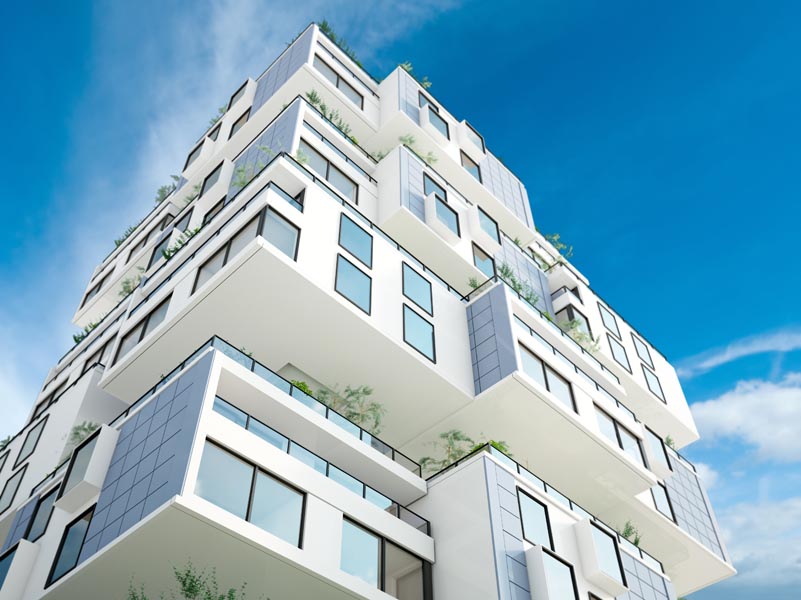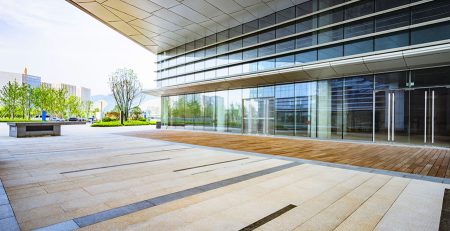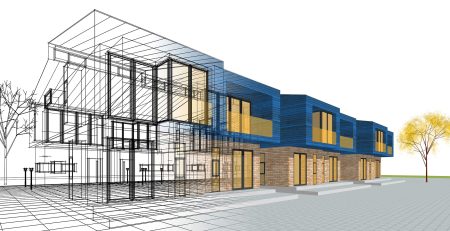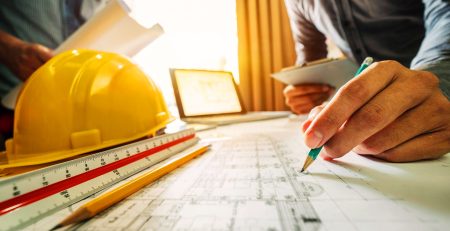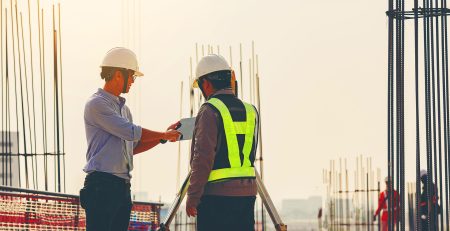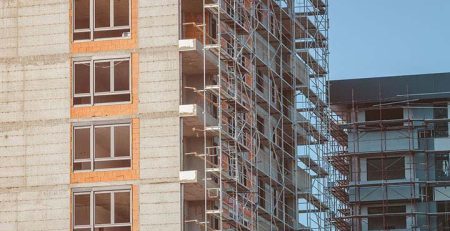How to Achieve Net-Zero Buildings? A Guide to Sustainable Construction Goals
Imagine buildings that breathe without a carbon footprint, where the energy used is matched—or even exceeded—by the energy produced. That’s the promise of net-zero buildings. In a world where environmental concerns grow by the day, net-zero isn’t just a buzzword; it’s a roadmap to a sustainable future. But what does it actually take to make a building “net-zero”?
What is a Net-Zero Building?
A net-zero building produces as much energy as it consumes. This means balancing energy output with energy input, using renewable sources like solar, wind, or geothermal energy. Net-zero also involves minimizing energy waste and maximizing efficiency.
Why go net-zero? The benefits go beyond the obvious environmental impact. Net-zero buildings are often healthier, more comfortable, and more resilient. They lower operational costs in the long run and set a high standard for innovation in construction.
The Roadmap to Net-Zero
Achieving net-zero isn’t a one-size-fits-all process. Each project is unique, but certain principles apply across the board. Here’s how you can transform an ordinary building into an energy-efficient marvel:
Optimize Energy Efficiency from the Start
Energy efficiency is the backbone of any net-zero strategy. Before we talk about generating energy, we need to ensure that minimal energy is required.
- Keep the heat where it belongs. Effective insulation prevents energy loss, reducing the need for excessive heating or cooling.
- Double- or triple-paned windows, coated with low-emissivity (low-E) films, help regulate indoor temperatures naturally.
- Opt for LED lighting, smart thermostats, and Energy Star-certified appliances to shave off energy consumption.
Invest in Renewable Energy Sources
Once the building’s energy needs are minimized, the next step is to meet those needs sustainably. Renewable energy technologies are more accessible and affordable than ever.
- The most common choice for net-zero projects, solar panels generate clean electricity from sunlight. Rooftop panels or even solar facades can maximize exposure and efficiency.
- For larger projects in suitable locations, small-scale wind turbines can complement solar energy.
- Tapping into the Earth’s natural temperature, geothermal systems offer an efficient way to heat and cool buildings with minimal energy.
Incorporate Smart Technology for Energy Management
Smart building technology plays a crucial role in optimizing energy use. It turns the building into a responsive system that can adjust its energy consumption in real time.
These systems monitor and control energy use across the building, adjusting lighting, temperature, and other systems to minimize waste.
Real-time tracking tools give building managers detailed insights into energy patterns, helping identify opportunities for improvement.
Water Efficiency – Reducing and Reusing Water
Net-zero isn’t just about energy—it’s also about conserving other precious resources, like water.
- Water-saving fixtures like low-flow showerheads, faucets, and toilets reduce consumption without compromising functionality.
- Collecting and storing rainwater can provide a sustainable water source for landscaping, toilets, and other non-potable uses.
- Systems that treat and reuse water from sinks, showers, and laundry can reduce the building’s freshwater demand.
Use Sustainable Building Materials
The materials used in construction have a massive impact on a building’s carbon footprint. Sustainable choices reduce emissions and often improve building resilience.
Options like reclaimed wood, recycled steel, and bamboo have a lower environmental impact and often require less energy to produce.
Certification and Monitoring
Achieving net-zero isn’t a one-time effort; it requires ongoing maintenance and monitoring. Certification programs provide standards and guidelines that can help keep projects on track.
- LEED and BREEAM Certifications: These certifications recognize environmentally friendly building practices and can give the building credibility in the industry.
Conclusion
Net-zero buildings represent a monumental shift in how we think about construction and sustainability. They’re not just eco-friendly structures—they’re symbols of our commitment to a sustainable future. Achieving net-zero requires more than just technical expertise; it’s a collaborative effort that includes architects, engineers, policymakers, and the communities these buildings serve.

